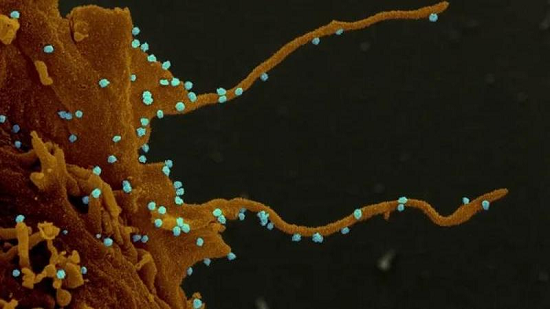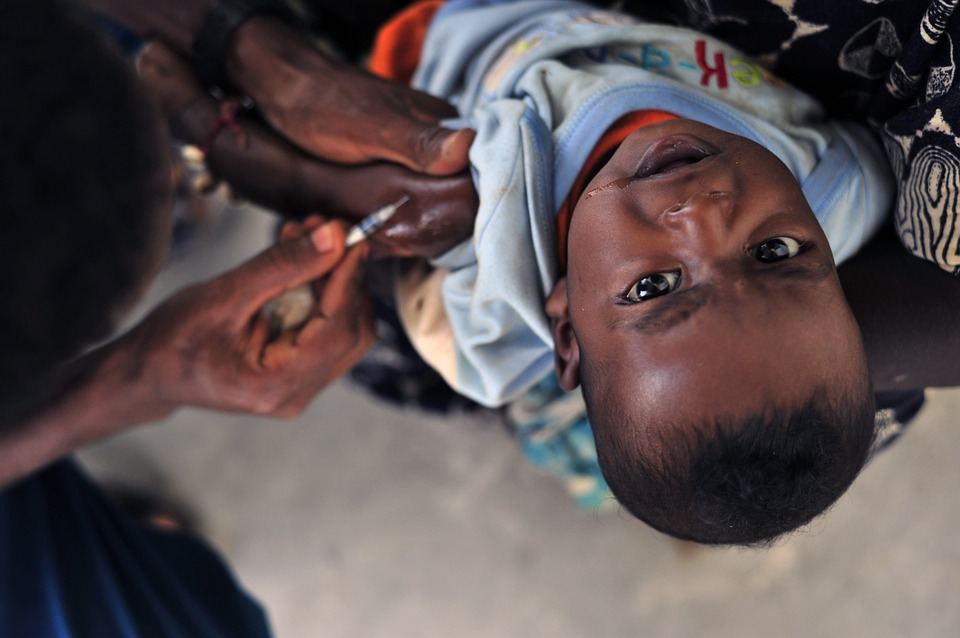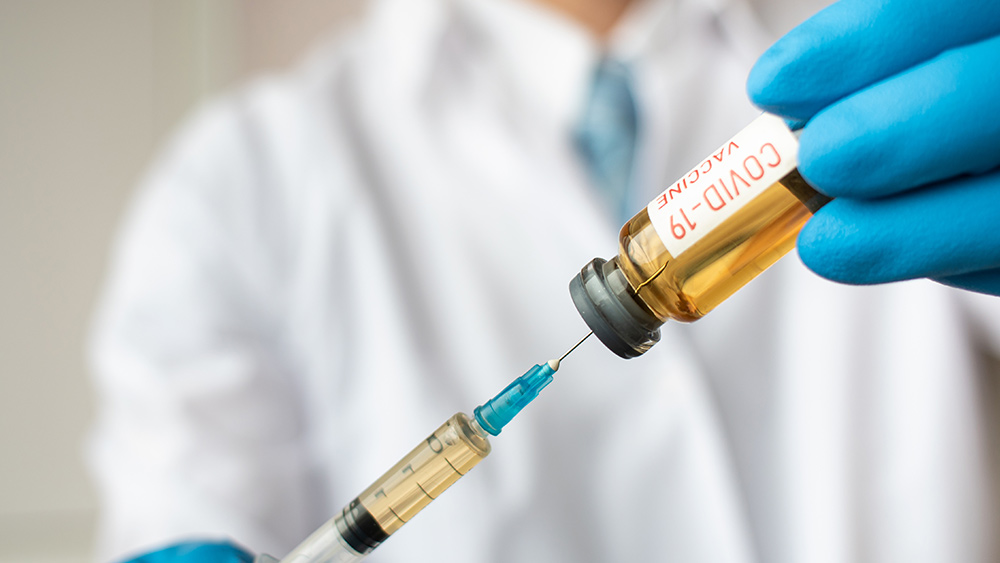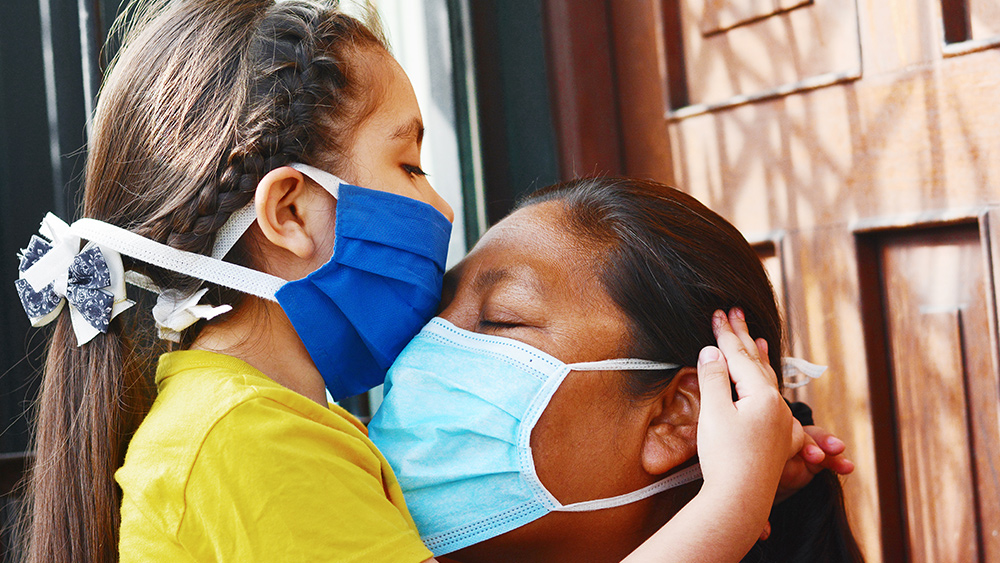Coronavirus case rate and death rate among prison inmates is 5.5 and 3 times higher than that of general population
07/18/2020 / By Arsenio Toledo

Researchers have found that the infection rate for the Wuhan coronavirus (COVID-19) among inmates in American prisons is 5.5 times higher than among the general public. They also found that prisoners were three times more likely to succumb to the disease than the regular population.
To come to their conclusions, the researchers from the Johns Hopkins University Bloomberg School of Public Medicine (JHSPH) analyzed data gathered from federal and state prisoners about COVID-19 cases and deaths between March 31 and June 6. The data was collected as part of the University of California, Los Angeles School of Law’s (UCLA Law) COVID-19 Behind Bars project. This is further combined with data from the Centers for Disease Control and Prevention (CDC) and the U.S. Census Bureau’s American Community Survey due to the need to compare the cases and deaths of prisoners with the overall population.
The results of their study showed that the case rate for inmates is 3,251 cases per 100,000 prisoners, which is 5.5 times higher than the case rate for the general population, which sits at 587 cases per 100,000.
Despite the fact that the rate of COVID-19 cases in state and federal prisons was initially significantly lower than the national average, the daily case growth rate among the prison population is now a lot higher than that of the general population. It sits at around 8.3 percent for prison inmates, which is over two times more than the 3.4 percent growth rate in the general population.
The authors of the study believe that the case rate in prisons is likely to be a lot higher than what they have reported, as testing protocols vary from prison to prison. Some prisons only test people with COVID-19 symptoms, while others don’t even bother testing their inmates at all.
Furthermore, during the period of the study, the researchers recorded 510 deaths among the prison residents included in their analysis, which represents a death rate of 39 deaths per 100,000. This is higher than the national average of 29 deaths per 100,000 people.
However, when the researchers accounted for demographic differences, they found that the death rate in federal and state prisons was actually three times higher than in the general population.
“While these numbers are striking, we actually think the disparities within prisons is much greater,” said Brendan Saloner, lead author and associate professor in the Department of Health Policy at JHSPH.
“Some prisons are not reporting any cases; others are not even testing inmates, so the need for policies to protect incarcerated populations is more important than ever.”
Saloner and the other researchers are recommending that prisons implement better measures to control the spread of COVID-19 among their prison populations.
Some of their other recommendations include conducting comprehensive testing on the whole prison population, thereby allowing prison officials to isolate infected inmates, and the release of low-risk inmates.
As of July 16, the UCLA Law COVID-19 Behind Bars project reports that there are nearly 70,000 cases of COVID-19 in prisons nationwide.
Listen to this episode of the Health Ranger Report, a podcast by Mike Adams, the Health Ranger, as he talks about how the upcoming second wave of the coronavirus will drastically affect the food supply, causing the price of many food items to skyrocket.
Prison population down eight percent
Between March to June, the U.S. prison population has decreased by eight percent, which accounts for the release of more than 100,000 people from both state and federal prisons. This analysis was done by The Marshall Project and The Associated Press. By comparison, in 2019 the state and federal prison population decreased by just 2.2 percent.
The population drop varies per state. In Virginia, the prison population decreased by just two percent, while in Rhode Island, that number is at 32 percent. Some of the other states with the highest drops in prison population are Connecticut at 22 percent, North Dakota and West Virginia both at 18 percent, and Delaware and Illinois at 14 percent. Meanwhile, Oregon, Louisiana and Arizona follow along behind Virginia for having a smaller decrease at just three percent each.
However, the significant decrease in prison population is not coming from a massive program to release low-risk inmates, such as what California is currently attempting to do. (Related: Calif. Gov. Newsom to release 8,000 prisoners as part of nationwide destabilization scheme run by Democrats.)
Rather, the population drop comes from the fact that many prisons have outright refused to accept new prisoners from county jails. This border closure may have helped many prisons around the country keep the coronavirus out of their own walls. Furthermore, lockdowns and court closures have meant that fewer people were being sentenced and parole officers were sending fewer people back to prison.
This means that it’s likely that the prison population will substantially increase once courts reopen and prisons begin accepting new inmates again.
The global coronavirus pandemic is far from over. Learn about the latest developments at Pandemic.news.
Sources include:
Tagged Under: China, coronavirus, covid-19, crime, criminals, death rate, federal prison, Flu, infections, inmates, outbreak, pandemic, prison, prisoners, research, state prison, Study, superbugs, virus




















